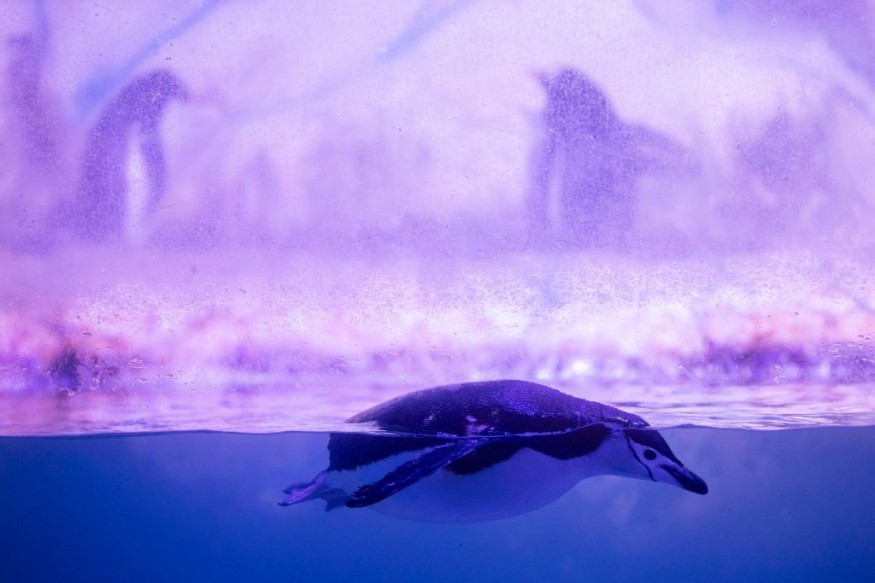
Antarctica is a home to more than 1,100 species who have adapted to the icy conditions in the "bitterly cold" continent.
While one of the most well-known species in the region is penguins, the southernmost continent wouldn't have thrived if not for its microbes and species like mosses, lichens and tardigrades, where its diversity relies.
According to The Conversation, although most of these species survive in the few ice-free areas on the continent, they hardly live comfortably in their so-called home despite their toughness. Warming climate, invasive species, and human activities contribute largely to a threatened ecosystem where these species live.
New research published in the journal Conservation Biology provides a comprehensive inventory of Antarctic species and how to improve species-based area protection in the continent.
How Far Can Their Resilience Go?
Researchers have identified 1,142 land and lake-dwelling species currently known to live on the Antarctic continent dominated by extraordinarily resilient groups, such as lichens, mosses and invertebrates. These species have either evolved to thrive under extreme conditions, or developed unique adaptations in sub-zero temperatures.
Antarctic mosses are the only plants that can survive the continent's frigid winters. During this time, they freeze and get almost completely dry out, just for them to come to life again when temperatures get warm enough.
Another famously known species which has mastered survival in the icy region are the tardigrades, known colloquially as water bears or moss piglets. An Antarctic tardigrade can remain frozen for over 30 years and recover, resuming their normal lives like nothing happened, according to a study published in ScienceDirect.
Of course, the most commonly-known penguins which are built to live in Antarctica has five of the world's 18 species living there, with another four species on sub-Antarctic islands.
Also read : New Research Shows that Rodents and Other City-Dwelling Animals are Least Likely to Cause the Next Pandemic
Aiding Impacts of Human Activities on the Antarctic Environment
The spatially restricted ice-free areas where most terrestrial biodiversity is located in Antarctica have long been a conservation concern. While it is a common belief that the continent is already highly protected, in practice, this is only true for specific areas, or widely acknowledged as inadequate.
In 1991, a Protocol on Environmental Protection to the Antarctic Treaty was signed in Madrid entered into force in 1998. The treaty designates Antarctica as a "natural reserve, devoted to peace and science".
The Madrid Protocol set the foundations for a network of 75 protected areas - those with outstanding environmental, scientific, historic, aesthetic and wilderness value. This helps aid conservation by restricting entry and limiting human activities to safeguard biodiversity from issues such as wildlife disturbance, pollution, and introduction of invasive species. However, many species are still left unprotected.
The Madrid Protocol outlined a few solutions which include protecting the "type localities" of each species. This means protecting the location where the very first specimen of a species was collected and described, as they are crucial for taxonomy and act as the point of reference to exclude unknown specimens.
More importantly, this ensures the protection of any species, even if little is known about their habitat or distribution, especially for Antarctic species.
© 2025 NatureWorldNews.com All rights reserved. Do not reproduce without permission.





